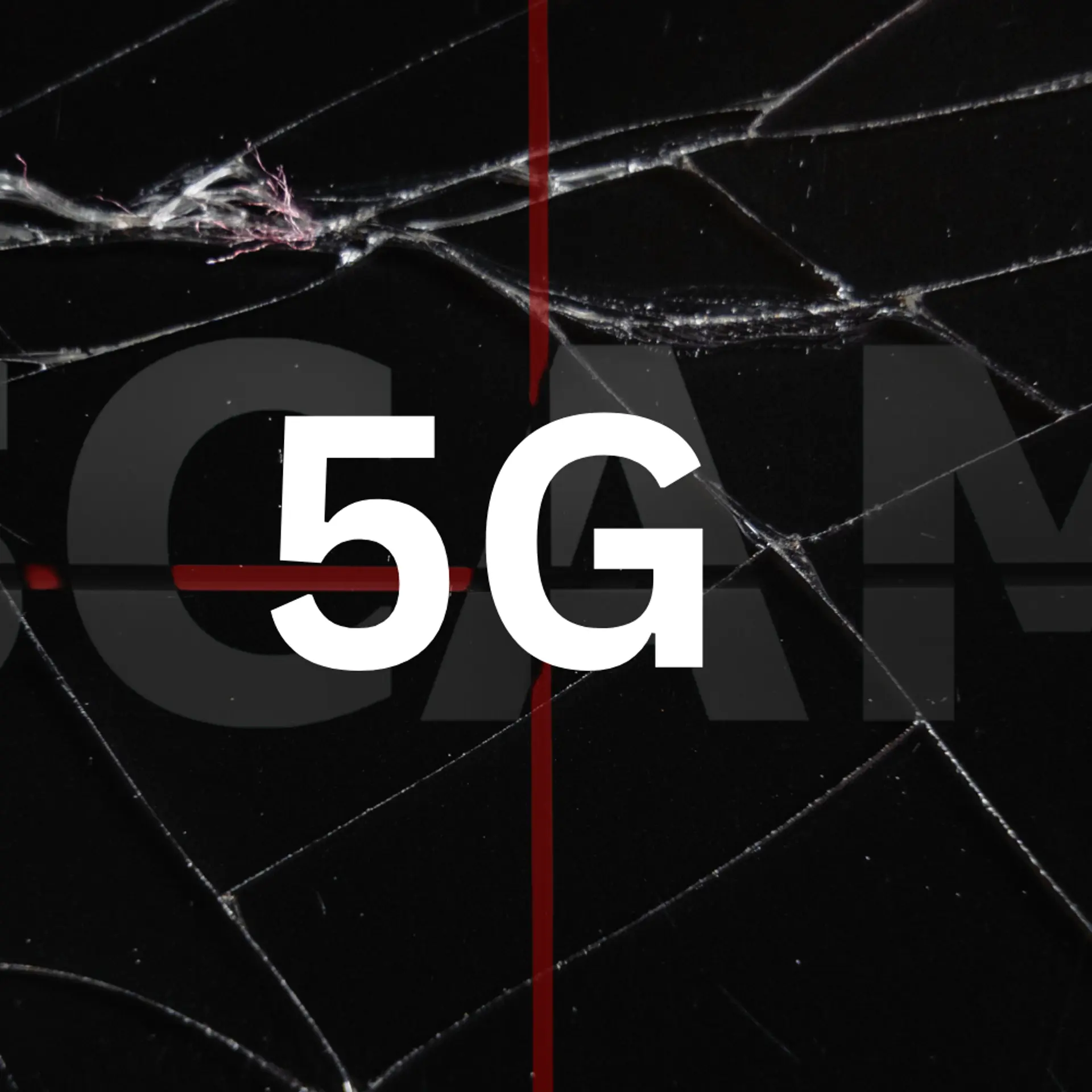The good, bad, and ugly: The age of social media influencer
Researchers have defined the social media influencer as a “new type of independent third-party endorser, who can shape audience attitudes through blogs, tweets, and the use of other social media.”
According to a July 2020 report by the corporate marketing firm Kepios, more than half of the world’s population — a staggering 396 crore people — use social media. This means that companies like Instagram can now target over 100 crore people with just a single ad. As a result, we, the users, become the commodity, and our behaviours are up for sale whether we know it or not.
What is “behaviour”?
Every micro-second we spend on our devices — our “likes” and “dislikes;” our swipes and clicks; who we follow, subscribe to, and befriend; what we comment on or post; how much time we take to dwell on or move away from something; even where we go when we’re offline — all of that is served up as data to assess our behaviour.
Algorithms draw out patterns from this behaviour. The goal, ostensibly, is to curate an intimate experience for the user. The content we see is prioritised for us. Commodities, ideas, and profiles are suggested either directly, through push notifications that pop up on our screens, or more subtly, through the ads that appear in page banners, or the very people we choose to follow online.

Image Credit: Shutterstock
The social media influencer
Social influence is the impact that a person or a group has on others. Although persons and groups have always exerted influence on others, a new character has come to the fore in today’s brave new world — the “social media influencer.”
Researchers have defined this figure as a “new type of independent third-party endorser, who can shape audience attitudes through blogs, tweets, and the use of other social media.”
Brands regularly use social media influencers to create brand awareness through an influencers’ following. This is, of course, done through “mega” influencers like celebrities, who often serve as role models. However, marketing experts have found that “micro” influencers, or those who are perceived to be authentic and knowledgeable within their niche, are, in fact, more effective in getting people to take their recommendations.
Influencers and conformity
As children, we’ve all played the game “Simon says,” or perhaps the more local version, “Shivaji Maharaj says.” This game requires one player to give commands and the other players to follow them. The challenge is to heed only those commands prefaced with the phrase “Simon says.” Eventually, everyone succumbs to following a command that Simon did not say. This suggests how hard-wired we are to follow without giving it a second thought, without response inhibition.
This is seen more in the case for tweens who, science has shown us, are not as capable of discerning good from bad, right from wrong, and true from false. Yet it is this very population who, at times, make up a majority of a social media influencers’ “followers.”

Image Credit: Shutterstock
Social media presents us with a “filtered reality” that makes everything look better than it is. The fear of missing out (FOMO) — that feeling that everyone else is having more fun, living better lives, and experiencing better things — can be a major source of stress linked to self-esteem.
Influencers themselves can get addicted to a need for constant external validation and approval in the form of like buttons (Facebook, Instagram), thumbs-up (YouTube), 1 button (Google), favourites (Twitter, Flickr), upvotes (Reddit), re-pins (Pinterest), and star ratings (Amazon).
What should we do?
In a world where our online lives can be designed, edited, and publicly viewed with thumbs-up or down from audiences, the boundaries between our online and offline identities may get blurred.
Technologies are watching, identifying, and tracking our behaviour and presenting to us relevant influencers. As consumers who stream through an average of 3,000 messages daily, it is important to be mindful while doing so.
Fact-check; weigh both sides of an argument; allow for incongruity rather than blind faith, especially when it comes from a single source or influencer. Create safe online spaces for our children while also acknowledging their own agency.
In other words, live by the motto of the Royal Society of London — “nullius in verba” — take nobody’s word for it.
Edited by Suman Singh









